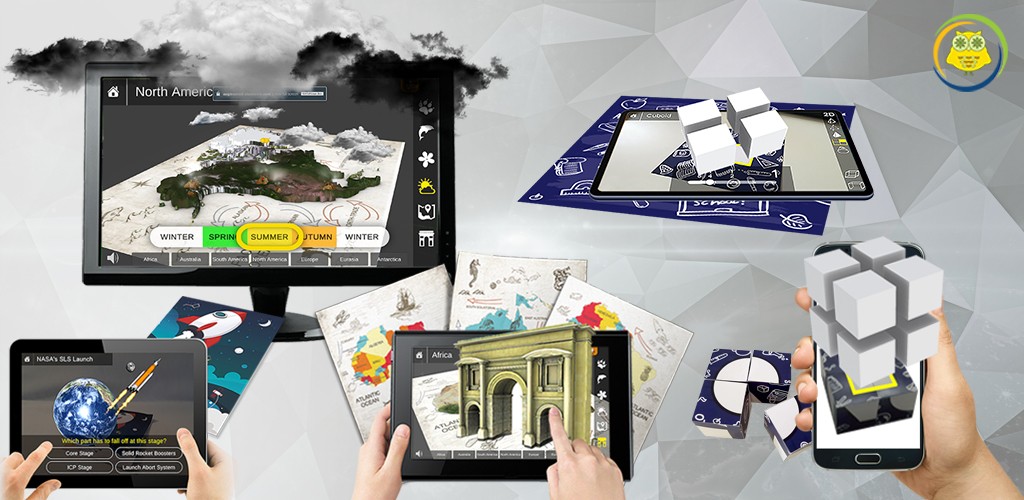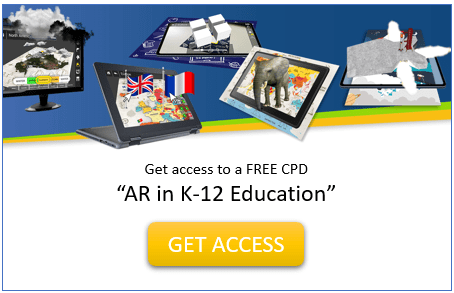Reading tome: 8 minutes
Intro
Critical thinking and creativity are two of the skills the current student generation lacks, which leads to an absence of their combination: Creative problem solving. The outcome? The internet now serves as the main tool for kids to solve problems, with a blog post or YouTube tutorial available on literally everything. This leaves our generation to worry whether the kids will be able to solve global problems of the future, such as global warming.
Kids
Although kids use technology all day long, there simply is a lack of educational digital content that provides them with “quality” screen time and has academic relevance. Also, many teachers lack the required resources to use today’s more complex technologies, which results in a generation gap between teachers and their students, as students become increasingly bored by their teachers’ methods.
Education technology should be purpose-based and support educators strategically as well as bring value to the students by enlarging their scope of knowledge, support essential skills development, foster creativity and innovation. It has been mentioned in multiple resources that kids are learning better with augmented reality applications. Is such a technology expensive? Let’s dive deeper in the possibilities available today.
Research
Individual research shows that only one technology can solve this problem: Augmented Reality. Augmented Reality motivates kids to experience the connections between pieces of information, as real-life situations. We use Augmented Reality to learn, so it is best for kids to start at the most explorative stage: primary or elementary school grades. We see the result in increased engagement, excitement and curiosity about school subjects.
Beside creativity and critical thinking, Augmented Reality strengthens a range of other skills, as this recent Inc Magazine article points out. The only company globally that uses Augmented Reality to solve the problem on the large scale is CleverBooks, who are now setting the standards in the adoption of Augmented Reality in primary education. The use of such Augmented Reality products is linked to an increase of up to 100% in knowledge retention, and up to 33% in test scores, while supporting all learning styles and, additionally, CleverBooks provides lesson ideas with augmented reality.
Augmented Reality
Thinking on how to get those Augmented Reality Apps Teachers Will Love and to inspire kids. Focus on quality, curriculum relevance, software interconnectivity (so all the tools you use at school are interconnected), hardware adaptability.
You may think that’s the right solution for your classroom and maybe very expensive! You would be wrong! You can start with Augmented Reality absolutely at no cost today.

Inexpensive CleverBooks Augmented Reality supports the following aspects of strategic edtech application:
- Curriculum relevance with long lasting, reusable approach of the STEM-based Augmented Reality solutions for multiple grades: use what your curriculum requires today
- Interconnected solutions with other solutions and systems makes life of educators extremely easy! For example, Augmented Classroom provides smooth, no brainer integration with any LMS (Learning Management System) that is in use.
- Privacy protected approach with no data collection on students. It is very important to protect data of minors in the digital world!
- Teaching with Augmented Reality has become even easier. Your fast start is a community effort because educators around the world share how they use Augmented Reality in their teaching and learning practices
- Accessibility of Augmented Reality in K-12 Education via Augmented Classroom regardless what computer or mobile device you have at your hands
- Affordability of Augmented Reality technology via tackling the importance of sensitive budgets that schools and teachers have
Collaboration in Augmented Reality in Augmented Reality is only one of the important trends; a comprehensive overview of 7 topics to catch up on in case you missed them is available here. The article lists what today’s educators cannot miss, if they are not to fall behind and teach children inappropriately regarding their 21st century learning demands.

